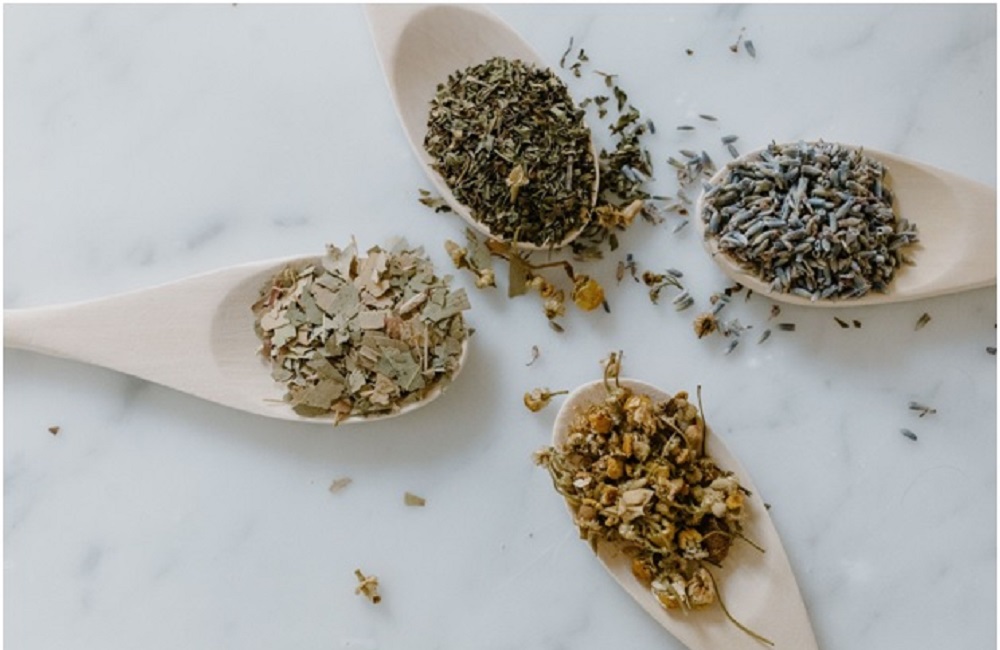
Nothing beats the warmth and comfort a good home-cooked meal brings. What adds to the magic is ingredients you have grown at home, especially the herbs you use to add some flavour.
Growing your herbs not only makes your meals extra delicious, but it can also add value to your lifestyle as studies show the benefits of gardening to physical health and mental well-being. Moreover, having your garden can enhance bonding time with your family as they can also plant vegetation, especially herbs, right in your backyard.
Here are some of the best culinary herbs you can grow in your home:
1. Oregano (Origanumvulgare)
A herb initially belonging to the mint family is derived from the Greek language, which means “joy of the mountain.” It is a regular staple in Turkish, Italian, Mexican, and Mediterranean cuisine and has been used for a thousand years in the kitchen for cooking and medicinal purposes.
This herb is most often used in its dried form and a perfect addition to dishes with tomato sauce as a primary ingredient. Hence, this gives oregano a moniker – “the pizza herb.”
If you want to add an oregano plant or two to your home garden, plant care is not that tedious. It is considered a tough plant and can withstand direct sunlight but can thrive equally well in a shaded area. Hence, you can have oregano right by your kitchen window sill and pluck out some leaves to add to your dishes.
2. Cilantro (Coriandrumsativum)
Cilantro is found in recipes for Asian, Latin, and Italian dishes and European cuisine. It is also called coriander or Chinese parsley, but both differ in terms of their parts in the plant. Coriander makes up for the dried seeds, while cilantro refers to the plant’s leaves and stem.
Cilantro is known to be pungent, a bit on the peppery side, and lemony. To others who might have had a dish with cilantro for the first time, it might taste soapy. However, this is explained as cilantro contains aldehyde, which is a component also used for soap making. However, not all people can detect aldehyde through tasting, and it can end up as an acquired taste.
For storage to keep cilantro fresh for cooking, it is advisable not to wash it until ready to use as cilantro does not stay fresh too long. To keep cilantro fresh for up to a week put the stems in a glass of water. Attach a loose plastic bag over it to maintain freshness.
Growing cilantro is not that hard as it thrives in fertile soil and adequate sunlight. However, it is better to have cilantro shaded to prevent the premature setting of its seeds. Hence, it is perfect for growing in your garden, greenhouse, or in a brightly lit spot in your kitchen.
3. Bay Laurel (Laurusnobilis)
The bay leaf is a known Mediterranean herb that is part of the bay laurel plant, hailing its origin from Asia. Notwithstanding, bay leaf has also been incorporated in some Greek and Italian cuisine.
It is an aromatic herb with a pungent and bitter taste. Bay leaf is often added in dried form in soups, stews, and sauces that release a deep herby aroma while the dish is cooking. For tea lovers, you can also use it to make tea. Just boil some water in a pot, pop in a leaf or two, and you can now have a refreshing cup of warm bay leaf tea.
Bay laurel grows best under full sun to partial shade. If you wish to have a bay laurel plant indoors, be sure to put it near a window to give indirect, bright light and have it occasionally misted to ensure growth and humidity.
4. Parsley (Petroselinum crispum)
A genus of the Apiaceae plant family, parsley is one of the widely known herbs served alongside different dishes coming from a wide array of cuisines. Some of its varieties are the Italian parsley (otherwise known as flat-leaf parsley), Japanese parsley, and Chinese parsley (as above mentioned).
Its bright but slightly bitter flavour is often used to garnish dishes and be combined with the basil to make pesto. It may also be added when cooking stews and fishcakes or in light Mediterranean dishes such as tabbouleh.
Parsley is a hardy biennial and is planted preferably in the spring or summer. For it to thrive, it is best grown in fertile, moist soil. It grows well in full, direct sunlight but can also be placed in partial shade.
5. Sage (Salvia officinalis)
If you wish to have an attractive herb garden, sage is the perfect plant for you. In addition, sage can be used as an ornamental border for improved landscaping.
Aside from its pretty forms of green, white, and purple, sage is a herb known for its savoury and peppery flavour. Its leaves have been widely used to make Chinese herbal tea. It is also considered a good source of Vitamin C and other minerals, making it a great all-rounder plant.
Growing sage only requires regular to minimal care, as it is an evergreen shrub that can be harvested all year round. However, it is advised to plant it in well-lit and moist soil.
Takeaway
With proper care and love, these herbs add aesthetic value to your home and the quality of food you serve to your loved ones. The best home-cooked meals not only fill up the stomach but also the heart.
June 06, 2021 at 02:49AM
https://ift.tt/34ZGrzT
From Garden To Kitchen: 5 Of The Best Culinary Herbs You Can Grow At Home - Influencive
https://ift.tt/3eCf9lu
Herb
No comments:
Post a Comment